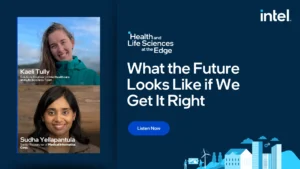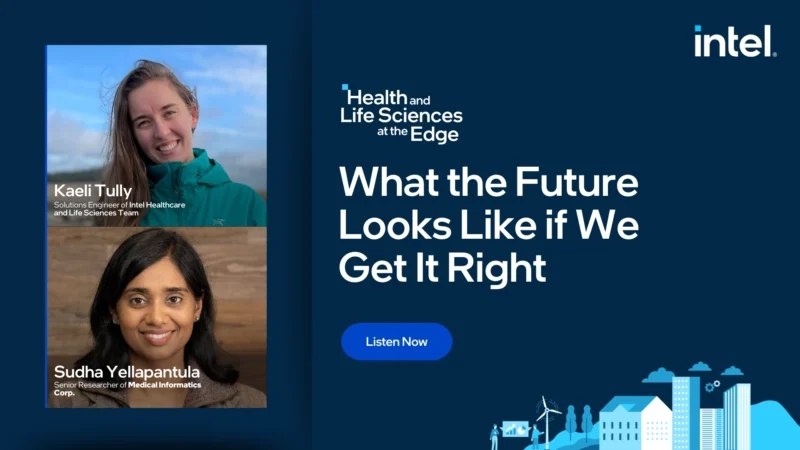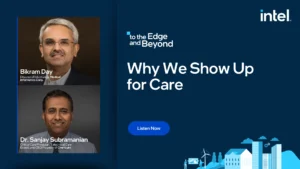A Differentiated Approach to Investing with Growth-Oriented Healthcare Businesses
David Friedman, a Partner with Gauge Capital, a Dallas-based private equity firm with over $2 billion in assets under management, highlights his background, Gauge’s healthcare focus areas for new platform investments in 2022, and their approach to partnering with [growing] businesses.
David speaks to the art and science of working within the healthcare sector. It’s a complicated space as it is both the largest and fastest-growing sector within the economy. With evolving technology there is a constant opportunity to identify ways to focus on improvements while reducing costs. One thing is likely certain; the healthcare system we know today is going to look very different in the next 10 to 20 years.
In speaking about what makes Gauge Capital different from other investment firms, David clearly conveys what he believes to be the primary differentiator:
“If I was going to point us to one thing that I think makes Gauge different is really our uncompromising focus on alignment.”
Within the private equity space, most firms commit to providing a small portion of the investment from within and the rest of the money comes from outside investors. This allows firms to take minimal risk yet still getting meaningful upside.
At Gauge Capital, the senior investment team represents more than 20% of the Fund Capital in the latest fund. Furthermore, the average management ownership is more than 30% post-close creating strong alignment among Gauge and their partners.
“That just creates the alignment so that all of us are very focused on creating long-term value that drives the business forward,” stated David Friedman.








